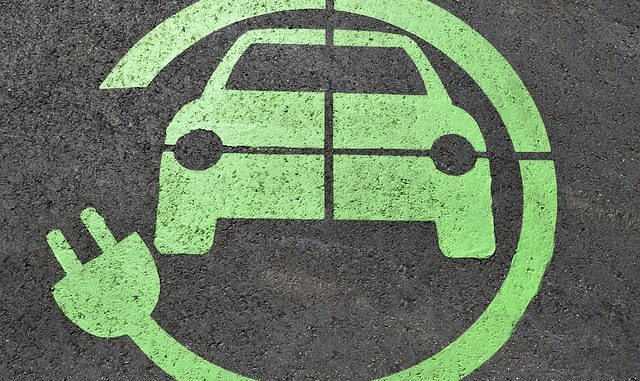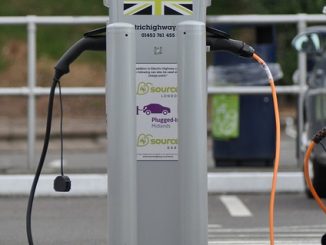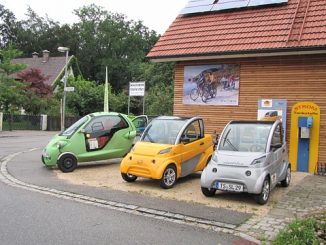
The most common idea about electric vehicles, especially electric cars, is that they are an answer, if not THE answer, to the need to decarbonize mobility. Most of us consider that driving an electric motor emits less CO2 than burning petroleum derivatives in a heat engine.
This vision is, of course, insufficient: the electricity generation mix of the country where the vehicle drives, conditions the CO2 emissions resulting from the production of the electricity necessary to move the vehicle. An electric car, charged on the grid, allows a smaller CO2 gain in Poland (where a large part of the electricity is produced from coal) than in Norway (where 96% of the electricity is of hydropower).
This observation, however, is not enough to give a relevant view of the situation. Let’s look at what happens on the life cycle of a vehicle:
– The production phase consumes energy: the heat needed to manufacture metals, to mold plastics requires a lot of energy. Once again, the countries in which the manufacture of spare parts, and therefore the primary energy used to produce electricity and the necessary heat, are subcontracted generates a level of CO2 emissions specific to each situation.
– The recycling phase is all the more expensive and consuming as the dismantling and sorting operations are difficult.
If current electric cars focus mainly on gains in the operating phase, the future will be different and will give rise to very different vehicles.
The Aventor and Softcar projects in Switzerland are pioneers in this area and help to shed light on the way. Designed cars are completely different to meet the needs of the production and recycling phases. They use fully recyclable materials; they consist of 2000 pieces instead of 30000 for an average car, 15000 for a car considered as simplistic. To meet safety standards in particular, they require new methods and calculations.
These projects show us that we are only in the early stages of electric mobility. What to become aware, even more, of the changes to come in the automotive industry.
Subscribe to receive every quarter all articles of the blog: [sibwp_form id=2]




Leave a Reply